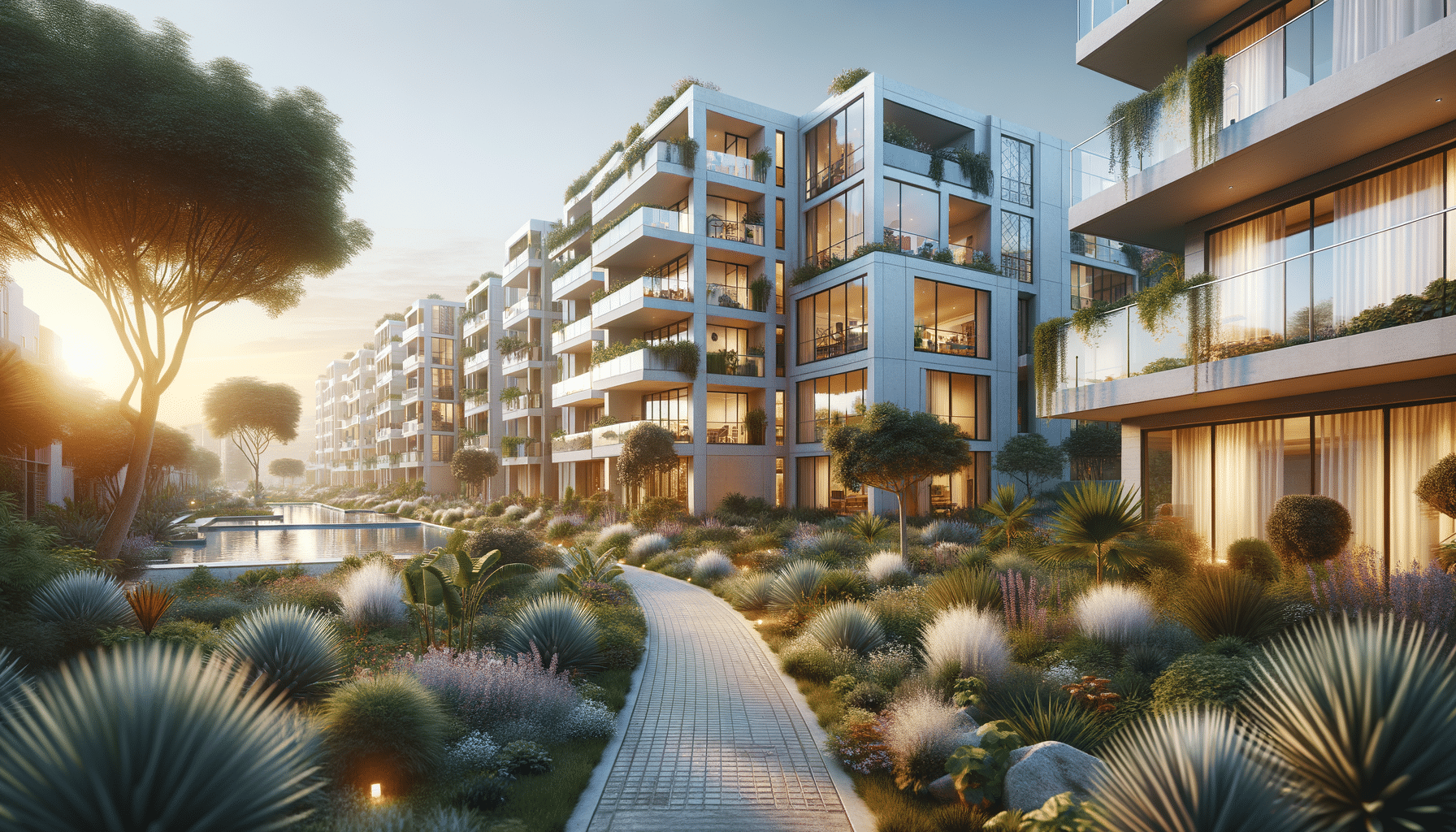
Exploring New Senior Apartments and Finding the Right Fit
Understanding What New Senior Apartments Are and Who They Serve
New Senior Apartments have emerged as a contemporary housing option tailored for older adults who seek to maintain their independence while benefiting from supportive amenities. These living arrangements are specifically designed to cater to the unique needs of seniors, providing a blend of private living spaces alongside communal facilities. The primary demographic for these apartments includes individuals aged 55 and above, who are either retired or approaching retirement. These communities are not only about providing a place to live but also about fostering a vibrant lifestyle that encourages social engagement and personal growth.
These senior apartments typically feature accessible designs, ensuring that residents with varying levels of mobility can navigate their homes with ease. This includes features like wider doorways, step-free showers, and grab bars in bathrooms. Moreover, many communities offer additional services such as housekeeping, transportation, and on-site healthcare, which can be invaluable for those who require a little extra help in their daily routines.
One of the key aspects of these apartments is the sense of community they foster. By providing shared spaces such as gardens, lounges, and activity rooms, residents have the opportunity to engage with one another, building friendships and support networks. This social interaction is crucial for combating the isolation that some seniors may experience, promoting mental and emotional well-being.
Key Features of New Senior Apartments
When considering new senior apartments, it is essential to understand the array of features they offer. These features are designed to enhance the living experience of seniors, ensuring safety, comfort, and convenience. Some of the prominent features include:
- Accessibility: Apartments are designed with accessibility in mind, featuring elements such as elevators, ramps, and emergency call systems.
- Safety: Enhanced security measures, including surveillance cameras and secure entry systems, provide peace of mind for residents.
- Health and Wellness Facilities: Many communities offer on-site fitness centers, swimming pools, and wellness programs that encourage active living.
- Social and Recreational Activities: Organized events, classes, and outings are common, providing residents with opportunities to engage in hobbies and meet new people.
These features collectively contribute to a living environment that supports the physical and mental health of seniors, allowing them to enjoy a fulfilling lifestyle as they age.
Comparing New Senior Apartments with Traditional Housing
Choosing between new senior apartments and traditional housing options can be a daunting decision for many older adults and their families. Understanding the differences can help in making an informed choice. Traditional housing often involves maintaining a larger property, which can become burdensome as physical capabilities change. In contrast, senior apartments are designed to minimize maintenance responsibilities, allowing residents to focus on enjoying their lives without the stress of home upkeep.
Furthermore, traditional homes may not be equipped with the necessary safety and accessibility features that are standard in senior apartments. This can pose challenges for those with mobility issues or other health concerns. On the other hand, senior apartments provide a solution by integrating these features into their design, ensuring a safe and comfortable living environment.
Another significant difference lies in the community aspect. While traditional housing may offer limited opportunities for social interaction, senior apartments are centered around community living. This includes access to shared amenities and organized activities that encourage socialization and prevent feelings of isolation.
Choosing the Right Senior Apartment
Selecting the right senior apartment involves considering several factors to ensure it meets personal needs and preferences. Start by assessing the location. Proximity to family, healthcare facilities, and places of interest can greatly influence the quality of life. Additionally, consider the cost and what is included in the monthly fees. Some communities offer all-inclusive pricing, while others may charge separately for services like dining or housekeeping.
The size and layout of the apartment are also important. Ensure the space is comfortable and can accommodate personal belongings and any mobility aids. Visiting potential apartments and experiencing the community firsthand can provide valuable insights into the atmosphere and culture of the place.
Finally, evaluate the available activities and services. A vibrant schedule of events and access to wellness programs can greatly enrich the living experience. By carefully considering these aspects, seniors and their families can find a community that aligns with their lifestyle and needs.
Conclusion: Navigating the Transition to Senior Apartments
Transitioning to a senior apartment can mark the beginning of an exciting new chapter in an individual’s life. These communities offer a unique blend of independence and support, making them an attractive option for many older adults. By understanding what new senior apartments are and who they serve, individuals can make well-informed decisions about their living arrangements. Whether prioritizing accessibility, community, or amenities, the right senior apartment can provide a fulfilling and secure environment for the golden years.
For those considering this transition, taking the time to explore different options and understanding the specific features and benefits of each community is crucial. This thoughtful approach ensures that seniors can enjoy a lifestyle that meets their needs and enhances their quality of life.


